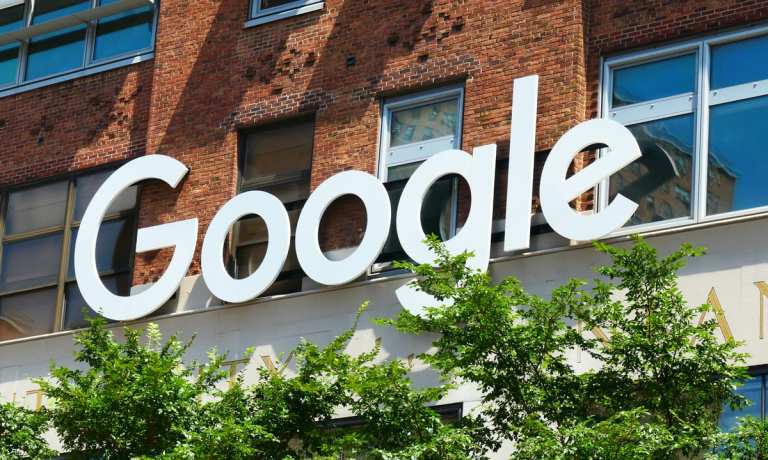
Late to the game when it comes to a physical retail location to call its own, Google officially opened its first brick-and-mortar store in Manhattan Thursday (June 17). The store’s designer said the physical shopping spot was created to offer consumers an “anti-Apple” experience, according to Apple Insider reports.
“This space is designed to be a physical expression of what Google stands for,” designer Ivy Ross told Fast Company.
The shop will operate on the first floor of Google’s Chelsea neighborhood location in New York City and is designed to be the go-to spot for consumers looking to pick up Pixel phones, Fitbit wearables, Pixelbooks and Nest smart home equipment — or at least give Google’s hardware a test drive.
It’s not quite Google’s first dalliance with physical retail — the global search giant has played with small steps like pop-up shops in the past, usually launched alongside new product releases to give consumers a chance to interact physically with their product lineup. But for permanent retail fixtures, Google has consistently preferred its web presence to deliver its increasingly wide lineup of goods to consumers directly, alongside third-party retailers like Best Buy and Walmart for its in-person sales.
According to a Google blog post, the physical experience will allow consumers to explore the full range of Google’s product assortment and interact with them.
“We’ll have experts on hand to help visitors get the most out of their device, such as troubleshooting an issue, fixing a cracked Pixel screen or helping with installations,” Google said. “It doesn’t matter whether you’re a longtime Pixel user, are curious about our Nest displays or want to participate in one of the how-to workshops we’ll offer throughout the year — our team will be able to provide you with help that’s specific and personalized to your needs.”
So a chance to play with devices and get expert help and education from the team of experts in store … doesn’t quite sound like the anti-Apple experience being billed.
But, according to Ross, the store will offer more than that and leverage its roughly 5,000 square feet of retail real estate (a full New York City block) very differently. Instead of the futuristic stark minimalism that defines the Apple Store aesthetic, the Google Store will be aiming for a warmer and more natural aesthetic with wood floors and furniture to sit on.
“We wanted the space to continue the design principles that radiate from our product. Our philosophy is that technology must fit into our lives, not stand out. We want this space to feel human because we believe that technology is a tool to amplify our possibilities as humans,” Ross said.
And early reviews of the space from media indicate that Google succeeds insofar as the space feels more like “an interactive museum or an exploratorium than a retail store.”
A Place To Explore
Ross noted that while some brands are having trouble making the leap into experiential retail, the beauty of Google is it is built for experimentation. “My job was to bring that beauty to life.”
Features designed to do that in-store include “Discovery boxes” with 3D displays and explanations of Google products, “sandbox” rooms that let users try out different Google hardware technologies and a large central installation that allows consumers to immerse themselves into specific software features.
Will the Google store be a runaway success as the Apple Store has been, or more of a flameout, like Microsoft’s recent “blink and you may have missed it” move on physical retail? For those who have forgotten, a few years ago Microsoft to great fanfare began opening up stores, including a downtown NYC flagship. Microsoft announced last June it was shutting down those stores because its online sales were growing more rapidly, so the firm felt it was better served by training focus there rather than the difficult world of physical retail.
Which way will Google go? Will its similar-but-different variation on the Apple store go the distance — or will Google, like Microsoft, learn it is better suited to transact directly with consumers online? Given the store has only been open less than a day it is probably a bit early to answer these questions.
Which means we’ll have to wait and see if Google can make real-world retail work, or if it will just end up another digital casualty of trying to go physical.